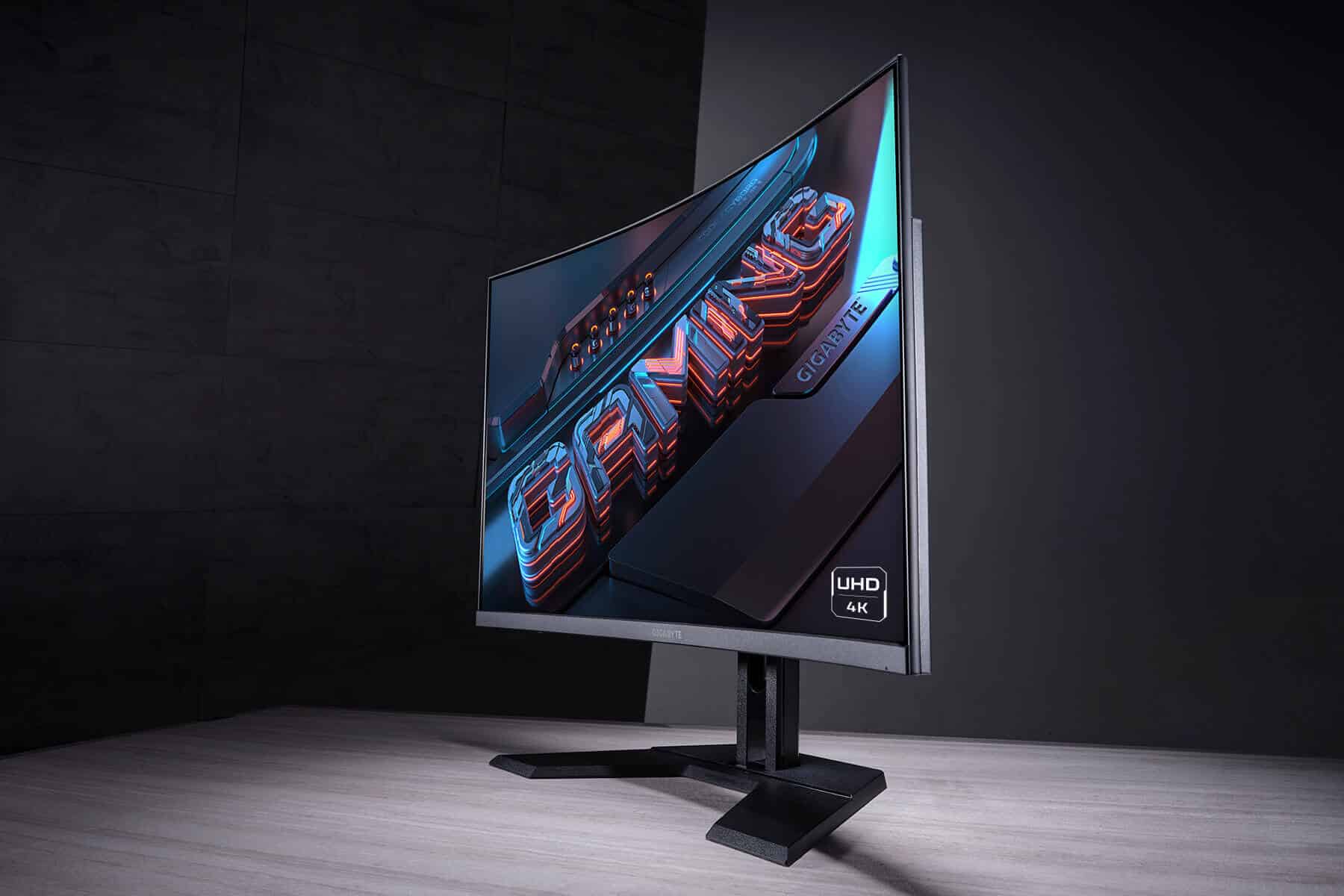IPS and VA panels are two popular LCD display technologies used in monitors and TVs. Both offer unique advantages for different viewing needs. IPS panels excel in color accuracy and wide viewing angles, while VA panels provide superior contrast ratios and deeper blacks, creating an immersive experience especially in dimly lit environments.
Choosing between IPS and VA often comes down to personal preference and intended use. IPS displays are great for color-critical work and multi-viewer setups. VA panels shine in dark rooms and for content with high contrast.
Gamers may prefer VA for better contrast in dark scenes, but IPS can offer faster response times. For general use, both technologies provide good image quality with their own strengths.

Choosing the Right Display: A Closer Look at IPS and VA
Understanding the Technologies
IPS (In-Plane Switching) and VA (Vertical Alignment) panels represent two prominent display technologies, each with distinct characteristics. IPS panels arrange liquid crystals parallel to the screen, offering vibrant colors and wide viewing angles. VA panels align crystals vertically, producing deeper blacks and higher contrast ratios.
Side-by-Side Comparison
| Feature | IPS | VA |
|---|---|---|
| Color Accuracy | Excellent | Good |
| Viewing Angle | Wide (178°/178°) | Narrower (≈178°/60°) |
| Contrast Ratio | Lower (≈1000:1) | Higher (≈3000:1 to 6000:1) |
| Black Levels | Less Deep | Deeper |
| Response Time | Faster | Slower |
| Price | Generally Higher | Generally Lower |
| Ideal for | Color accuracy, gaming, bright rooms | Movies, photo editing, dark rooms |
Making an Informed Choice
Selecting between IPS and VA involves understanding your needs. If color accuracy and wide viewing angles are critical, IPS is the way to go. If deep blacks and high contrast are paramount, VA is the better option. Also, consider your budget and primary use case.
Beyond IPS and VA
While IPS and VA dominate the market, other technologies exist. TN (Twisted Nematic) panels offer fast response times but compromise on color and viewing angles. OLED (Organic Light-Emitting Diode) boasts superior image quality and individual pixel lighting, but comes at a premium price.

Key Takeaways
- IPS offers better color and viewing angles, VA has higher contrast
- Gaming performance varies, with each having pros and cons
- Choice depends on personal needs and viewing environment
Fundamentals of IPS and VA Panels
IPS and VA panels are two popular LCD display technologies. They differ in how they align liquid crystals and affect image quality and performance.
Technology Behind IPS and VA
IPS stands for In-Plane Switching. It aligns liquid crystals horizontally. This setup allows for better viewing angles and color accuracy. VA means Vertical Alignment. It aligns liquid crystals vertically when no voltage is applied. This creates deeper blacks and higher contrast ratios.
Both panel types use liquid crystals and LED backlights. The main difference is how they control light passage. IPS panels twist the crystals to let light through. VA panels tilt them instead.
Comparing Image Quality
IPS panels excel in color reproduction. They show more accurate colors across a wider viewing angle. This makes them great for design work and photo editing.
VA panels shine in contrast and black levels. They can produce deeper blacks and brighter whites. This results in more vivid images, especially in dark scenes.
Viewing angles differ between the two. IPS maintains color and brightness at wider angles. VA tends to lose some image quality when viewed from the sides.
Performance Metrics
Response time is how fast pixels change color. IPS panels typically have faster response times. This reduces motion blur in fast-moving scenes.
Refresh rate is how many times per second the image updates. Both IPS and VA can achieve high refresh rates. This is important for smooth motion in gaming and videos.
Contrast ratio measures the difference between the brightest and darkest parts of an image. VA panels usually have higher contrast ratios. This creates more depth in images.
IPS panels may suffer from “IPS glow” in dark scenes. VA panels can have “black crushing” where dark details are lost. Both issues affect image quality in different ways.







